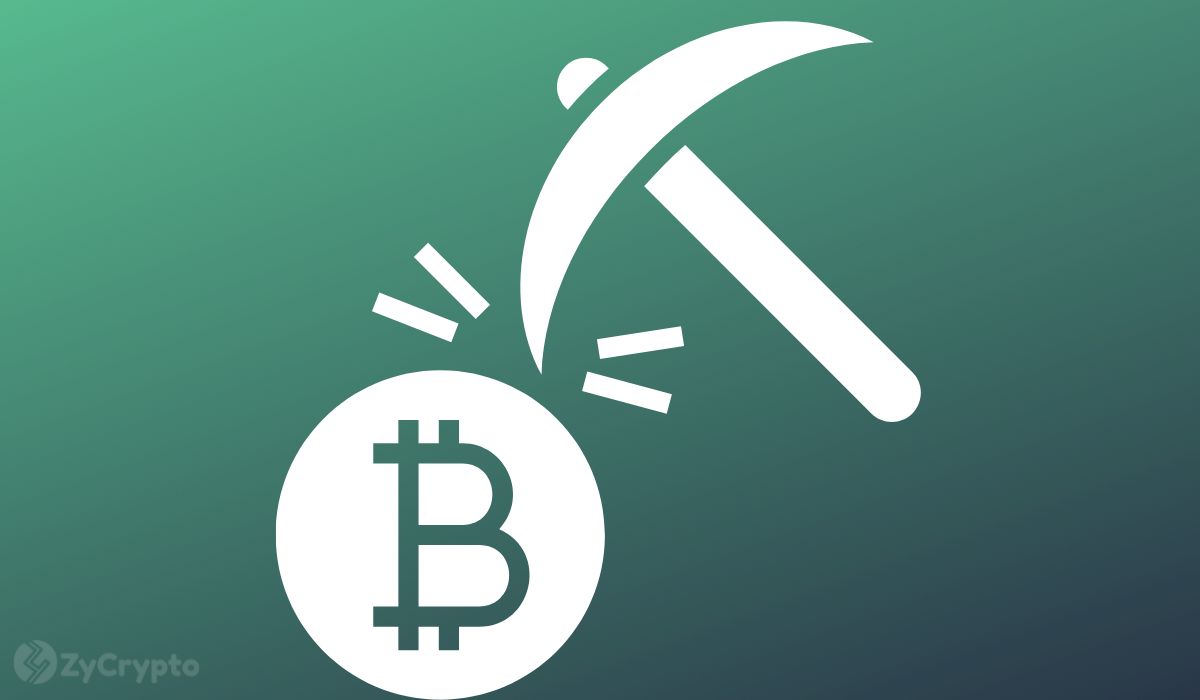2019-8-9 14:29 |
Coinspeaker
Fidelity Walks into Blockstream’s New Bitcoin Mining Farm
Blockstream, a blockchain technology company, announced details of its Bitcoin mining services. On August 8, the company published a blog post where it revealed two large data centers for enterprise-class co-location services. It also introduced the Blockstream Pool. All of these services will be provided using the BetterHash protocol. Blockstream pool is an outcome of a one-year testnet. And Blockstream Mining customers can access it.
Currently, Blockstream Mining is available only to enterprises and institutions. The new mining wing already counts LinkedIn founder Reid Hoffman and the Fidelity Center for Applied Technology as customers. Fidelity is making serious moves into the crypto-space, reportedly filing for a New York Trust License last month.
The company also confirmed that it will strive to maintain the decentralization of the Bitcoin network. Blockstream is famous for its bitcoin-sidechain ecosystem, the Liquid Network led by cryptographer Dr. Adam Back. The Liquid Sidechain project brings speed and cost benefits to the Bitcoin network.
The Mining FarmBlockstream Mining will host colocation services in North America with the most recent location being Georgia and Quebec. According to that official announcement, miners will gain access to the 300 megawatts or 300,000 kilowatt-hours of energy supply. That supply can power almost 100,000 more-advanced ASIC mining models including Bitmain’s AntMiner S17 Pro or MicroBT’s WhatsMiner M20S.
These machines consume about 3 kWh per unit on average with a hashing power of almost 55 terahashes per second. That amount may add almost six exhashes for every second to Bitcoin network’s computing power. Just for you to understand: 1 exhash = 1 million terahash. When operating at optimal capacity, populated with the newest mining rigs, this farm may account for approximately 7.5% of the whole network hashrate.
However, Blockstream says its self-mining efforts make up just 1% of the worldwide Bitcoin hashrate. Blockstream’s self-mining and Blockstream Mining’s future relationship is not yet specified.
According to Samson Mow, Blockstream CSO, the firm’s mining efforts were majorly based on concerns about the network’s future even before the latest launch. He further said:
“We began self-mining back in 2017 after being motivated by widespread concern that mining decentralization was declining. At the time it appeared that parties involved in ASIC manufacture, hosting, and pool operations were becoming a centralizing force and holding back Bitcoin from reaching its full potential. We figured we could use our Bitcoin expertise to improve the situation.”
Blockstream’s Data CentersBetterHash was introduced by Blockstream project OpenHash in 2014. It decentralizes all mining pool decisions, like which block to mine, to individual owners. Hence, miners can control the transactions that feature in their newly mined blocks. Proponents think that it further decentralizes and democratizes Bitcoin mining.
That capability solves the challenges that arise in most mining pools where the pool operators decide what transactions to include. Therefore, the risk of possible attacks on the network is reduced since decentralization is enhanced.
These mining rig facilities offer a viable solution for co-location of clients’ mining equipment catering to the delivery to the data centers, maintenance, and installation. The customer manages them remotely and they provide real-time analytics and control over every device’s operation.
Fidelity Walks into Blockstream’s New Bitcoin Mining Farm
origin »Bitcoin (BTC) íà Currencies.ru
|
|















